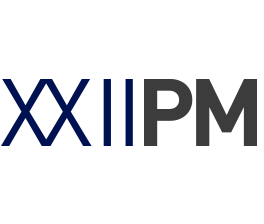Our approach is our working process and it can be clustered into four main phases: exploration, creation, reflection and implementation. We would like to share some relevant tools and methods that are used during the phase.

Approach

Exploration
Understanding of the situation and variables are essential for successful designs. In the exploration period, we gather contextual information and knowledge particles. These particles can have organic relationships with intangible factors such as service dependencies, or constraints such as legal policies or a technological saturation. Experience and experiment lenses are highly used in this phase.

Searching the existence
We love to check your competitors and other existent solutions. We don’t want you to try to position up to a place that is going to be captured by a bigger player or become a dead zone where nobody visits. We start gathering information from day zero.

First Performance Analysis
Performance reviewing is an influential study before redesigning a current service or an infrastructure. Bottlenecks, situations that are not working out, touchpoints, and unique elements are pointed out and possible design directions can be drawn with the help of performance analysis.
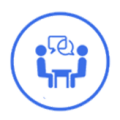
Contextual Interviewing
Contextual Interviews are conducted in the environment, not only with possible user groups but also with other relevant stakeholders to check collisions of interests within a system approach. It is highly linked to experience and experiment lenses.

Observational Studies
Usage can be described as a sequence of user activities, cycling between perception/cognition and action. Observation also can be used as a design tool to understand the association between elements. Observational studies are well suited to service-oriented projects and projects in which users confrontation responses are not matching with reality itself.
Creation
After having a clear understand of context, the problem and solution types should be defined carefully together with possible visions, trends, sensations, emotions, concerns and stimuli. Without defining a context, it is not possible to define a correct interaction vision and service. The first form of experiences and interactions are conceived with these definitions, followed by ideation which should cover projected worst – normal – best scenarios, in order to interact with blockers and motivators. In this phase, we are not looking to avoid mistakes but rather to explore as many avenues as possible.
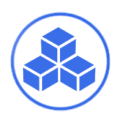
Creating Models
Models can be related to mental, use and usage, or product subjects. A model is a designed statement that can be placed in the real world for testing purposes. The model-oriented approach enables us to have a focused design process. Models are not universal but highly depended on the state of other variables such as emotion, context, technology acceptance, and so on.
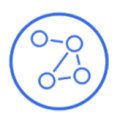
Journey Nodes
In a conventional customer journey, linear customer journeys are used for defining a service or experience relationship. Having a more flexible, flat structure like nodes, is an eye-opener when designing fallbacks, upgrading scenarios or ending subscription situations. This simple difference enables us to see convergent possibilities of any service / product.

Sketching
Sketching is for communication; translating an idea into a tangible form, at the very least on paper but can be more. We are keeping an eye on trends and new tools that extend sketching capability. We think that there is a thin line between sketching and prototyping.
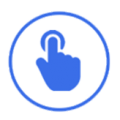
Prototyping
Prototypes are also for communication as well as testing. Prototypes can have different fidelity levels according to their functionality and experimental purposes. Prototyping is a cornerstone of our service that concerns not only testing with users but also understanding technological capabilities. Prototyping for physical manufacture is another approach that is highly accepted among our developers for identifying ways to best design for production.
Reflection
Measuring and testing are the major activities of the reflection phase. Early on, ideas are defined and designed in this phase. Improving on these ideas is at the center of our activities. We propose that there should be an iterative loop between creation and reflection stages. Our experiment, interaction, and experience lenses are frequently used during the reflection phase.
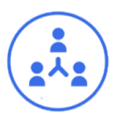
Co-reviewing
Some novel ideas can’t be tested immediately. In such cases, roleplaying approaches can be used to gain first reflections. Our team can create a close-to-reality context to get to hidden information. Heuristic evaluation activities can be integrated to co-reviewing activities. Empathy-centered evaluation activities are also commonly deployed.
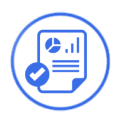
Probes
Time is an important variable while testing ideas, so longer-term studies alone with users are sometimes critical. In such circumstances, researchers need to be as unobtrusive as possible. Probes provide a highly impressionistic account of people’s beliefs and desires while cumulating in a set of research materials. Probes can also consolidate reflection and exploration phases into a loop when needed.

a/b – n Testing
a/b(n) testing is one of the methods that we are providing as service. The results can lead us to check our hypothesis and create the desired path among other variations. Real-time or controlled environments can be set up by our professionals. It is recommended if there are any polarization of ideas.
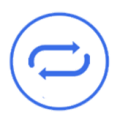
Closed feedback loops
All feedback and results of testing activities are planned within a loop between creation and implementation phases. Closed feedback loops are shared to all team members to clarify a roadmap and other activities. Although it resembles a communication activity, each team member needs to know the route together with the reasoning of decisions.
Implementation
After having a proved case, the approach to implementation can change the destiny of a project. XXIIPM provides two different subsets to you in the implementation phase. With Standby, our company provides management and quality-related activities but is not responsible for development activities. Whilst with Dirty-Hands, our company can provide you experts who will be a key part of your implementation.

Growth oriented
Finding a great solution is not enough. We need to be fast and focused on planned growth. In the implementation phase, we provide growth-oriented extra services to our clients.
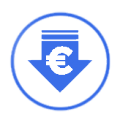
Cost controlled
If unchecked, some projects can turn into a black hole and consume effort and capital. Giving estimations of implementations and priority can save time and effort while maximizing the benefit.
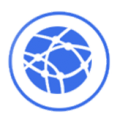
Real-time monitoring
Implementation activities are closely monitored in real-time or almost real-time tools. Setting up SaaS, KPI’s and usability metrics are some of the activities that you can find within our company.
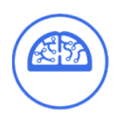
Learning from Data
Our network has very talented academic experts working in machine learning and artificial intelligence. Depending on demands, top-notch experts can be arranged within our services.
